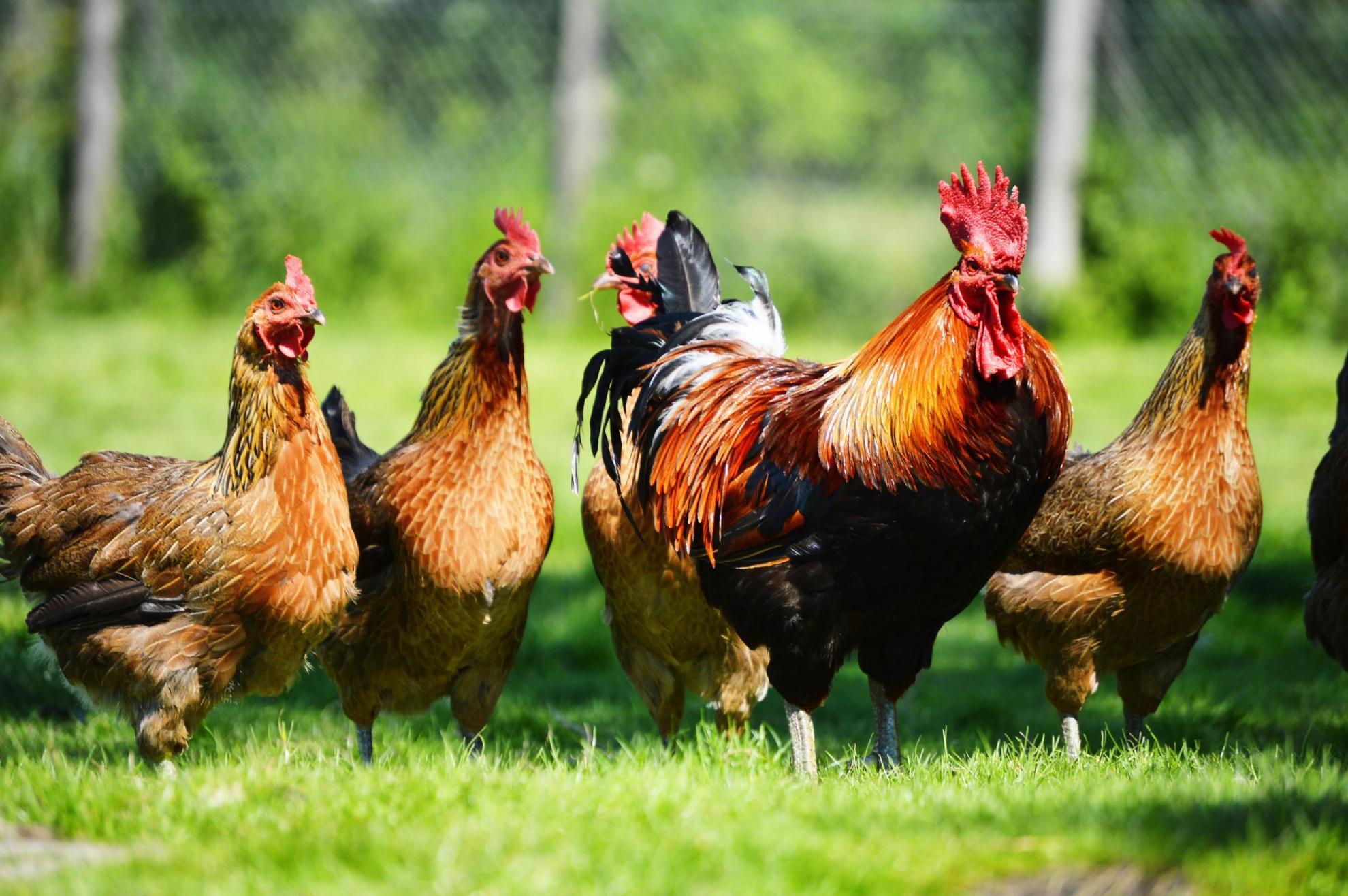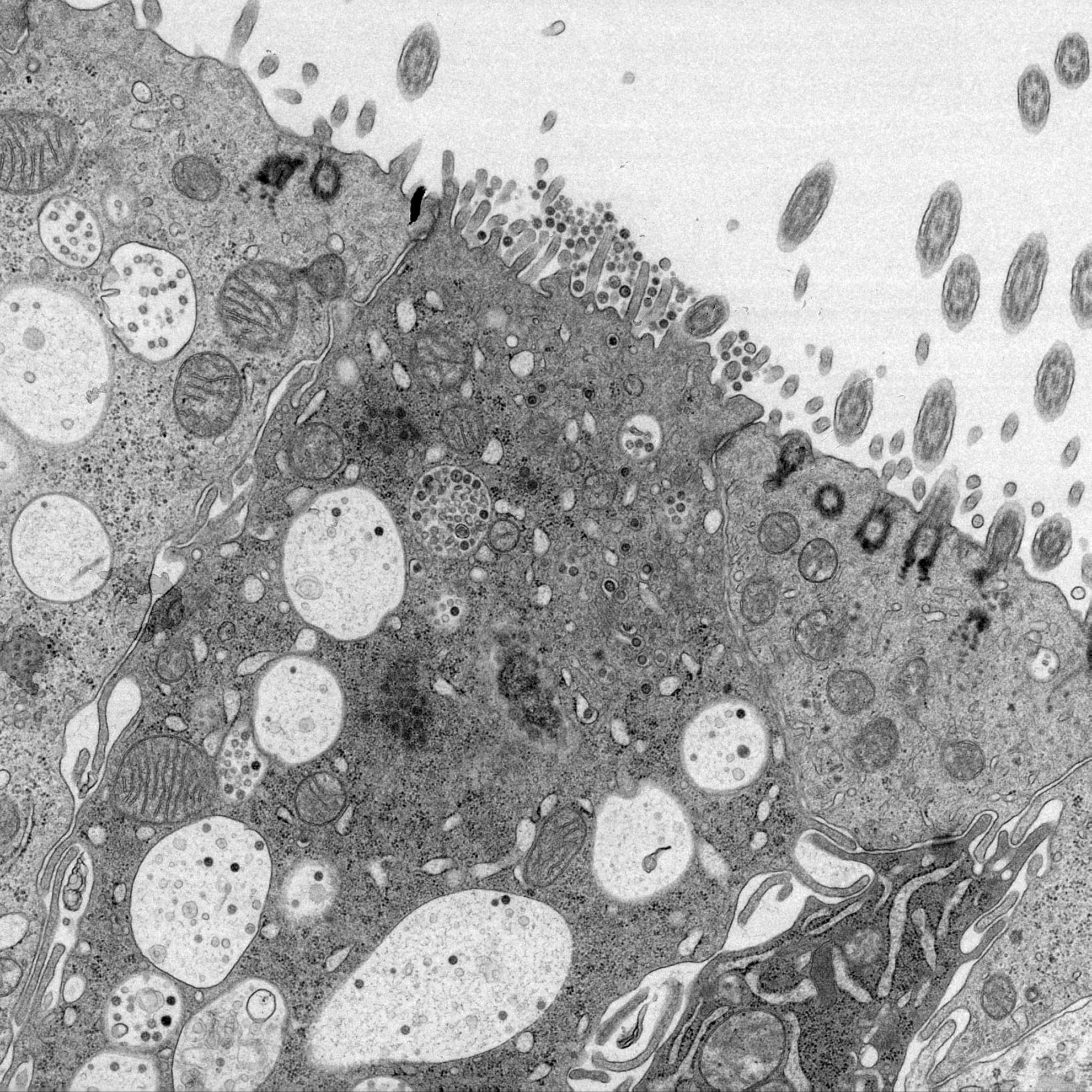Analysis of the avian coronavirus spike protein reveals heterogeneity in the glycans present
Infectious bronchitis virus (IBV) is an economically important coronavirus, causing damaging losses to the poultry industry worldwide as the causative agent of infectious bronchitis. The coronavirus spike (S) glycoprotein is a large type I membrane protein protruding from the surface of the virion, which facilitates attachment and entry into host cells. The IBV S protein is cleaved into two subunits, S1 and S2, the latter of which has been identified as a determinant of cellular tropism. Recent studies expressing coronavirus S proteins in mammalian and insect cells have identified a high level of glycosylation on the protein’s surface. Here we used IBV propagated in embryonated hens’ eggs to explore the glycan profile of viruses derived from infection in cells of the natural host, chickens. We identified multiple glycan types on the surface of the protein and found a strain-specific dependence on complex glycans for recognition of the S2 subunit by a monoclonal antibody in vitro, with no effect on viral replication following the chemical inhibition of complex glycosylation. Virus neutralization by monoclonal or polyclonal antibodies was not affected. Following analysis of predicted glycosylation sites for the S protein of four IBV strains, we confirmed glycosylation at 18 sites by mass spectrometry for the pathogenic laboratory strain M41-CK. Further characterization revealed heterogeneity among the glycans present at six of these sites, indicating a difference in the glycan profile of individual S proteins on the IBV virion. These results demonstrate a non-specific role for complex glycans in IBV replication, with an indication of an involvement in antibody recognition but not neutralisation.

